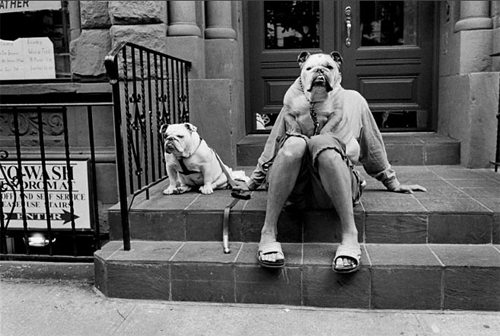Street Photographers - Truths
Street Photographers - Truths
Blog Article
The Ultimate Guide To Street Photographers
Table of ContentsIndicators on Street Photographers You Should KnowThe Ultimate Guide To Street PhotographersThe Buzz on Street PhotographersExamine This Report about Street Photographers10 Easy Facts About Street Photographers Explained
Street photographers do not always have a social objective in mind, yet they like to isolate and catch moments which could otherwise go unnoticed.Though he was influenced by a lot of those who affected the road digital photographers of the 1950s and '60s, he was not primarily interested in capturing the spirit of the street. The impulse to aesthetically record people in public began with 19th-century painters such as Edgar Degas, douard Manet, and Henri de Toulouse-Lautrec, that worked side by side with digital photographers attempting to catch the significance of urban life.
As a result of the fairly primitive technology available to him and the long exposure time called for, he had a hard time to record the hustle and bustle of the Paris roads. He explore a collection of photo approaches, trying to discover one that would certainly allow him to catch movement without a blur, and he located some success with the calotype, patented in 1841 by William Henry Fox Talbot. While the photographers' subject was essentially the same, the outcomes were substantially different, demonstrating the effect of the professional photographer's intent on the personality of the photos he created.
Offered the fine high quality of his photos and the breadth of product, designers and artists usually bought Atget's prints to use as reference for their own work, though industrial rate of interests were hardly his main motivation. Rather, he was driven to photo every last remnant of the Paris he liked.
Some Known Questions About Street Photographers.
They expose the city through his eyes. His job and essential understanding of photography as an art kind functioned as ideas to generations of digital photographers that complied with. The future generation of road professional photographers, though they likely did not refer to themselves therefore, was ushered in by the photojournalism of Hungarian-born digital photographer Andr Kertsz.
Unlike his peers, Brassa made use of a larger-format Voigtlnder cam with a longer exposure time, requiring him to be much more computed and thoughtful in his practice than he could have been if making use of a Leica. (It is assumed that he might not have been able to manage a Leica during that time, but he did, nevertheless, use one in the late 1950s to take colour photos.) Brassa's photos of the Paris abyss illuminated by fabricated light were a revelation, and the collection of the series that he published, (1933 ), was a significant success.
Cartier-Bresson was a champion of the Leica camera and one of the initial professional photographers to maximize its capacities. The Leica allowed the digital photographer to communicate with the surroundings and to record minutes as they happened. Its fairly tiny size additionally helped the professional photographer fade into the background, which was Cartier-Bresson's recommended method.
The Main Principles Of Street Photographers
It is as a result of this fundamental understanding of the art of image taking that he is typically attributed with uncovering the tool around once again approximately a century given that its invention. He took photos for even more than a half century and affected generations of digital photographers to trust their eye and instinct in the moment.
These are the inquiries I shall try to address: And after that I'll leave you with my own meaning of street digital photography. Yes, we do. Allow's kick off with defining what a definition is: According to (Street Photographers) it is: "The act of specifying, or of making something certain, distinct, or clear"
No, absolutely not. The term is both restricting and misguiding. go to the website Seems like a road digital photography should be pictures of a streets appropriate?! And all street photographers, besides a tiny number of absolute beginners, will totally value that a road is not the key part to road photography, and actually if it's an image of a road with perhaps a few monotonous people doing absolutely nothing of passion, that's not street digital photography that's a picture of a road.
The smart Trick of Street Photographers That Nobody is Talking About
He makes a valid point do not you assume? While I concur with him I'm not certain "honest public photography" will catch on (although I do kind of like the term "candid digital photography") since "road photography" has actually been around for a long time, with lots of masters' names affixed to it, so I think the term is right here to remain (Street Photographers).
Inside?! I hear you shout as you shake your clenched fist to the sky. Why not? You can contend the beach, at a celebration, in a street, in a park, in a piazza, in a coffee shop, at a museum or art gallery, in a metro station, at an event, on a bridge, under a bridge ...

Street Photographers Fundamentals Explained

Report this page